Acoustic wall panels have become a popular choice for enhancing the look and improving sound absorption in various spaces. They offer a practical and aesthetically pleasing solution for controlling sound in offices, restaurants, auditoriums, and even residential settings. However, achieving optimal acoustic performance hinges on proper installation techniques, and navigating certain challenges is crucial for a successful outcome.
“While acoustic wall panels enhance the look and sound quality of diverse spaces, from offices to homes, their ability to effectively control noise relies heavily on proper installation. Overcoming some installation hurdles is key to achieving the desired acoustic benefits.”
Installation Techniques for Enhanced Acoustics
There are several key techniques to consider when installing acoustic wall panels for optimal sound absorption:
Surface Preparation: The wall surface where the panels will be installed needs to be clean, level, and free of dust, debris, or moisture. Uneven surfaces can create air gaps behind the panels, negatively impacting sound absorption.
Adhesive Selection: The appropriate adhesive choice depends on the panel material and the wall surface. Strong, high-bond adhesives ensure a secure attachment and prevent sound waves from traveling behind the panels, compromising absorption.
Panel Placement: Strategic placement of panels is essential for maximizing their effectiveness. Sound waves travel in all directions, so consider the primary noise source and target areas for sound absorption. Installing panels on walls perpendicular to the sound source or on reflective surfaces like large windows can significantly improve acoustics.
Panel-to-Panel Connection: Seams between panels should be tight and properly aligned to prevent sound leakage. Some panel systems utilize a tongue-and-groove design for easy and seamless connection, while others might require additional sealant for a secure fit.
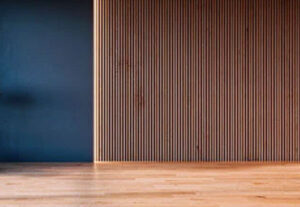
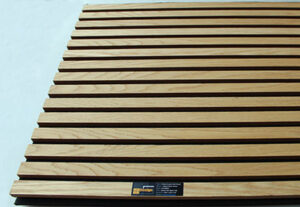
While the installation process itself might not be overly complex, some challenges need to be addressed to ensure optimal performance:
Substrate Compatibility: Certain wall surfaces like brick or uneven plaster might require additional preparation or the use of specialized adhesives for a secure installation.
Weight of Panels: Some acoustic panels, particularly those made with denser materials, can be heavy. Using appropriate fasteners and ensuring the wall structure can support the weight is essential.
Maintaining Aesthetics: Cutting panels to fit around outlets or fixtures requires precision to maintain a clean and visually appealing finish.
Room Acoustics and Panel Selection: The size, shape, and material properties of the chosen acoustic panels play a significant role in their sound absorption effectiveness. Consulting with an acoustical professional can help ensure the chosen panels are suitable for the specific space and address the desired level of noise reduction.
Maximizing Benefits
By following proper installation techniques and addressing potential challenges, you can maximize the benefits of acoustic wall panels. Here are some additional tips:
Consult the manufacturer’s instructions: Each panel system might have specific installation requirements. Refer to the manufacturer’s instructions for detailed guidelines and recommended adhesives or fasteners.
Consider professional installation: For complex projects or large spaces, consider engaging a professional installer with experience in acoustic wall panel installation.
Post-installation inspection: Once the panels are installed, perform a visual inspection to ensure all panels are securely attached and seams are properly sealed.
In conclusion, acoustic wall panels offer a valuable tool for improving sound quality and reducing noise pollution in various settings. Understanding proper installation techniques and addressing potential challenges during the installation process is essential for maximizing their effectiveness. By following these guidelines and considering professional assistance when needed, you can create a more acoustically balanced and comfortable environment.

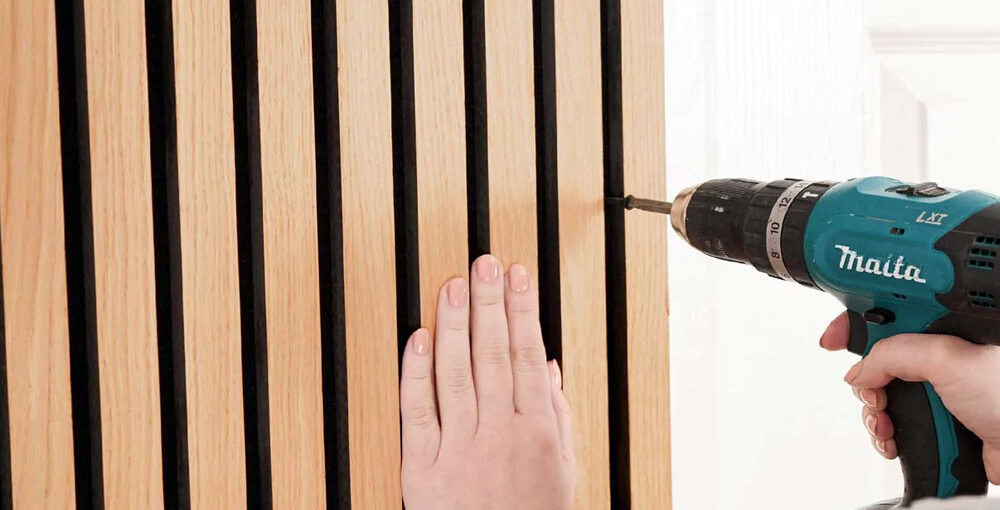
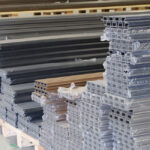
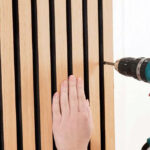


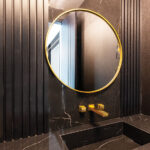
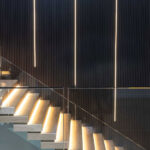
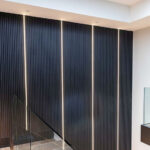
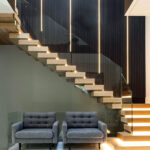
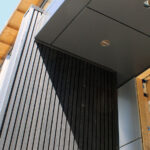

3 Comments
Lorem ipsum dolor sit amet, consectetur adipiscing elit, sed do eiusmod tempor incididunt ut labore et dolore magna aliqua. Quis ipsum suspendisse ultrices gravida. Risus commodo viverra maecenas accumsan lacus vel facilisis.
Cras maximus ultricies volutpat. Praesent ut enim non enim vulputate fringilla.
Cras maximus ultricies volutpat. Praesent ut enim non enim vulputate fringilla.